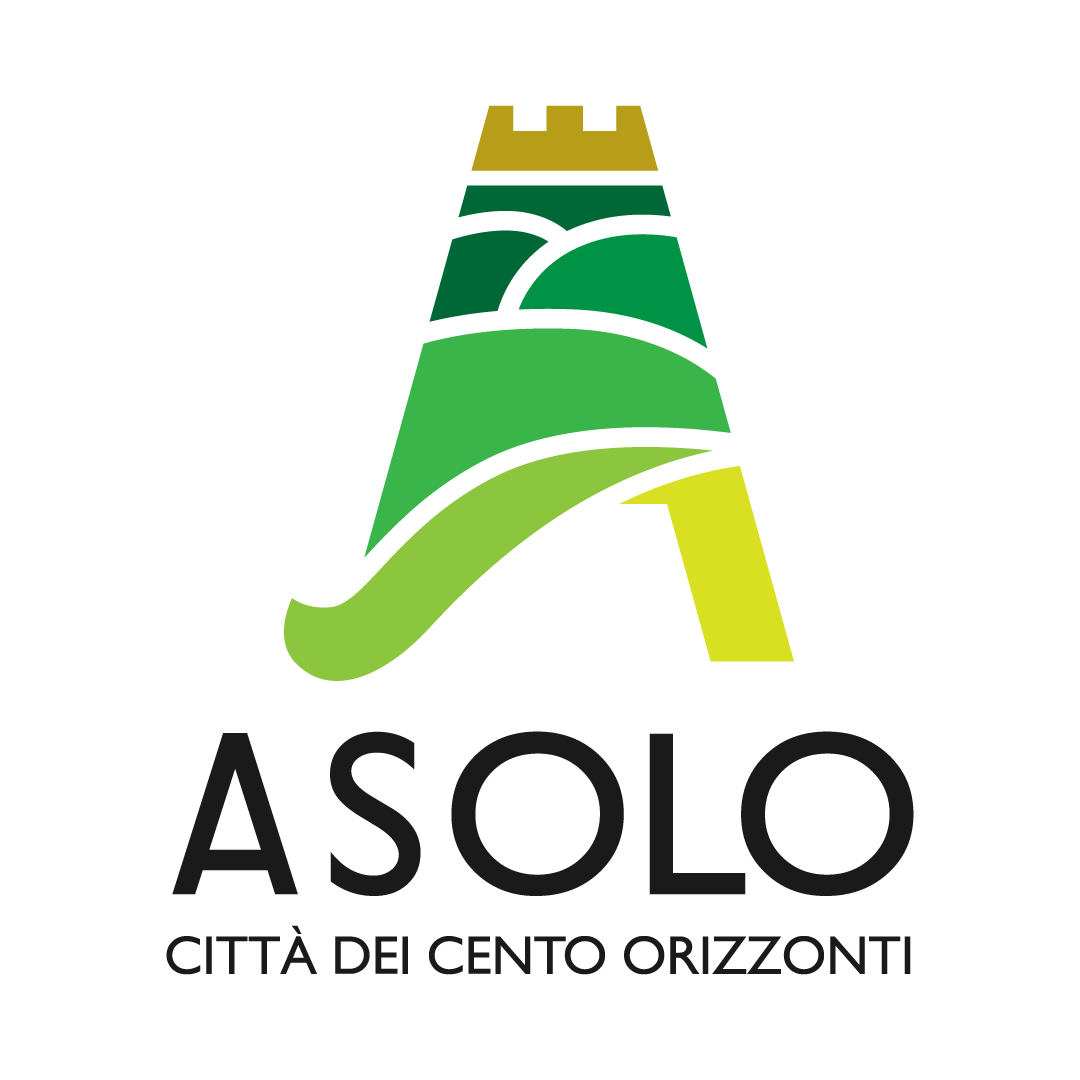Gothic House
Between 1988 and 1990 the Veneto Archaeological Department conducted large-scale excavations around the building known as “Casa Gotica” or Gothic House. Through these it has been possible to document the uninterrupted habitation of Asolo from the late bronze age – early iron age (X-IX century B.C.) down through the medieval period to the modern age. […]
